Not all homes or offices are blessed with abundant natural sunlight, and that’s where low-light indoor plants become a game changer. These shade-tolerant green beauties not only survive but often thrive in dim corners, windowless rooms, or areas lit by fluorescent lights. Whether you’re a beginner plant parent or a seasoned enthusiast looking to green up shady spaces, there’s a perfect plant for every low-light nook.
In this guide, we’ll explore top low-light indoor plants, their care needs, benefits, and tips to keep them lush and healthy in the shadiest corners of your space.
Why Choose Low-Light Indoor Plants?
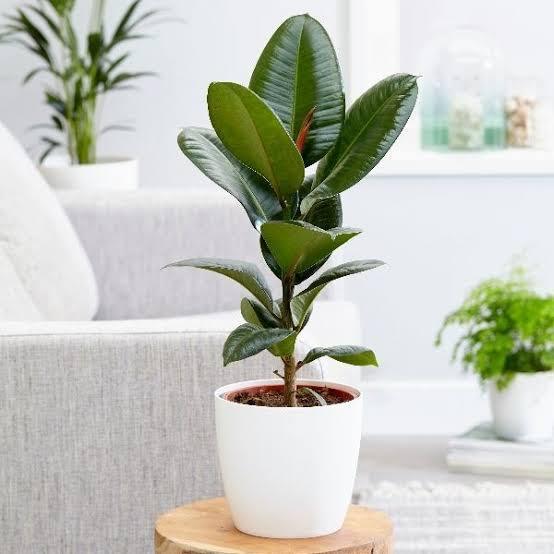
Low-light indoor plants are specially adapted to survive in environments where sunlight is scarce. Many of these plants originate from the understory of tropical rainforests, where they grow beneath tall trees and receive only filtered light. Their adaptability makes them ideal for:
- Apartments with limited natural light
- Office spaces with artificial lighting
- Bathrooms and hallways without windows
- Bedrooms where soft lighting is preferred
They purify the air, add a touch of nature to your décor, and require minimal maintenance—perfect for busy lifestyles.
Top 12 Low-Light Indoor Plants That Love the Shade
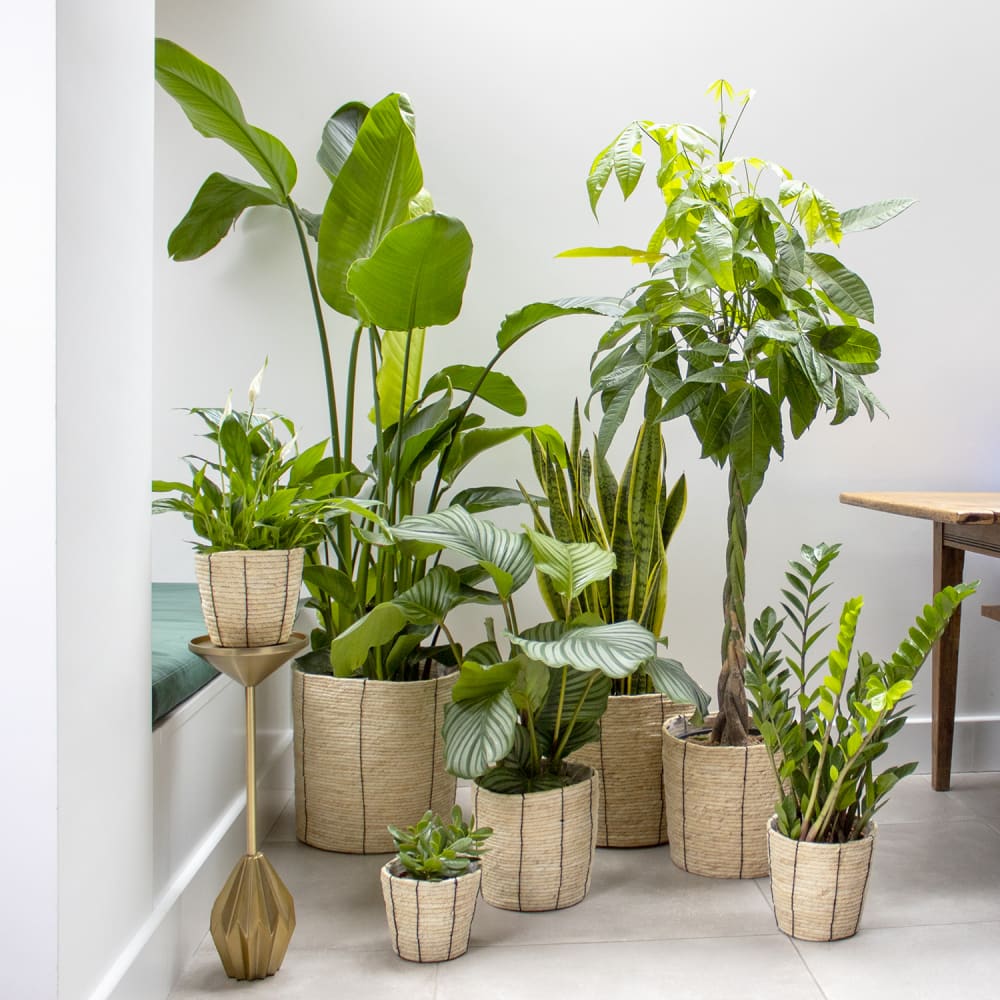
1. Snake Plant (Sansevieria trifasciata)
Also known as: Mother-in-Law’s Tongue
Light: Tolerates very low light
Water: Once every 2–3 weeks
This hardy succulent is nearly indestructible. It thrives in almost any light condition and helps purify the air by removing toxins like formaldehyde and benzene. Its upright, sword-shaped leaves make it a striking décor element.
2. ZZ Plant (Zamioculcas zamiifolia)
Light: Performs well in shade or fluorescent light
Water: Let soil dry completely between waterings
The ZZ plant is a superstar when it comes to thriving in dark areas. With its waxy, rich green leaves, it adds shine and life to any room. It’s extremely drought-tolerant and nearly pest-free.
3. Pothos (Epipremnum aureum)
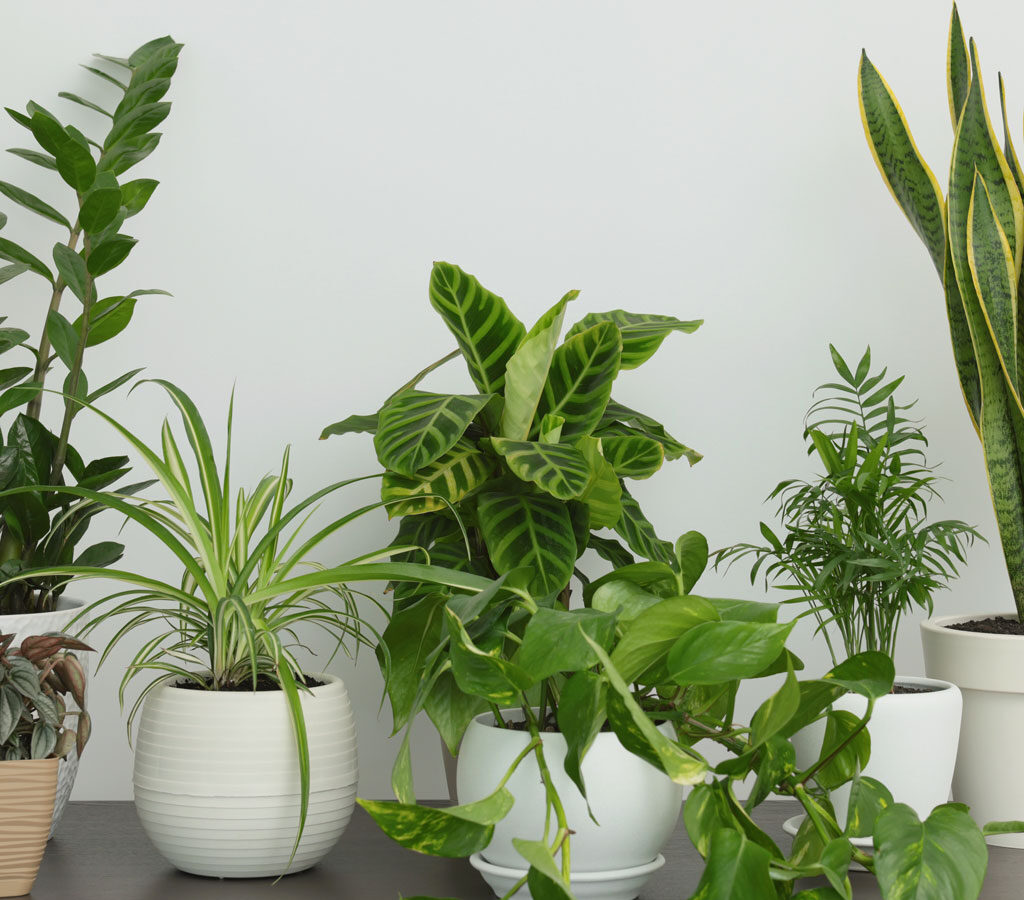
Also known as: Devil’s Ivy
Light: Low to medium indirect light
Water: Every 1–2 weeks
Pothos is one of the easiest houseplants to grow. Its trailing vines look great on shelves or hanging baskets. It’s forgiving, grows quickly, and comes in various variegated patterns like golden pothos or marble queen.
4. Peace Lily (Spathiphyllum spp.)
Light: Prefers low to medium indirect light
Water: Keep soil slightly moist
With its elegant white flowers and lush green foliage, the peace lily brightens up low-light areas. It’s also an excellent air purifier. Avoid direct sun as it can scorch the leaves.
5. Cast Iron Plant (Aspidistra elatior)
Light: Very low light tolerance
Water: Allow soil to dry slightly between watering
True to its name, the Cast Iron Plant is incredibly tough. It tolerates neglect, low light, and irregular watering. Its dark green, arching leaves add a classic, graceful look to interiors.
6. Chinese Evergreen (Aglaonema spp.)
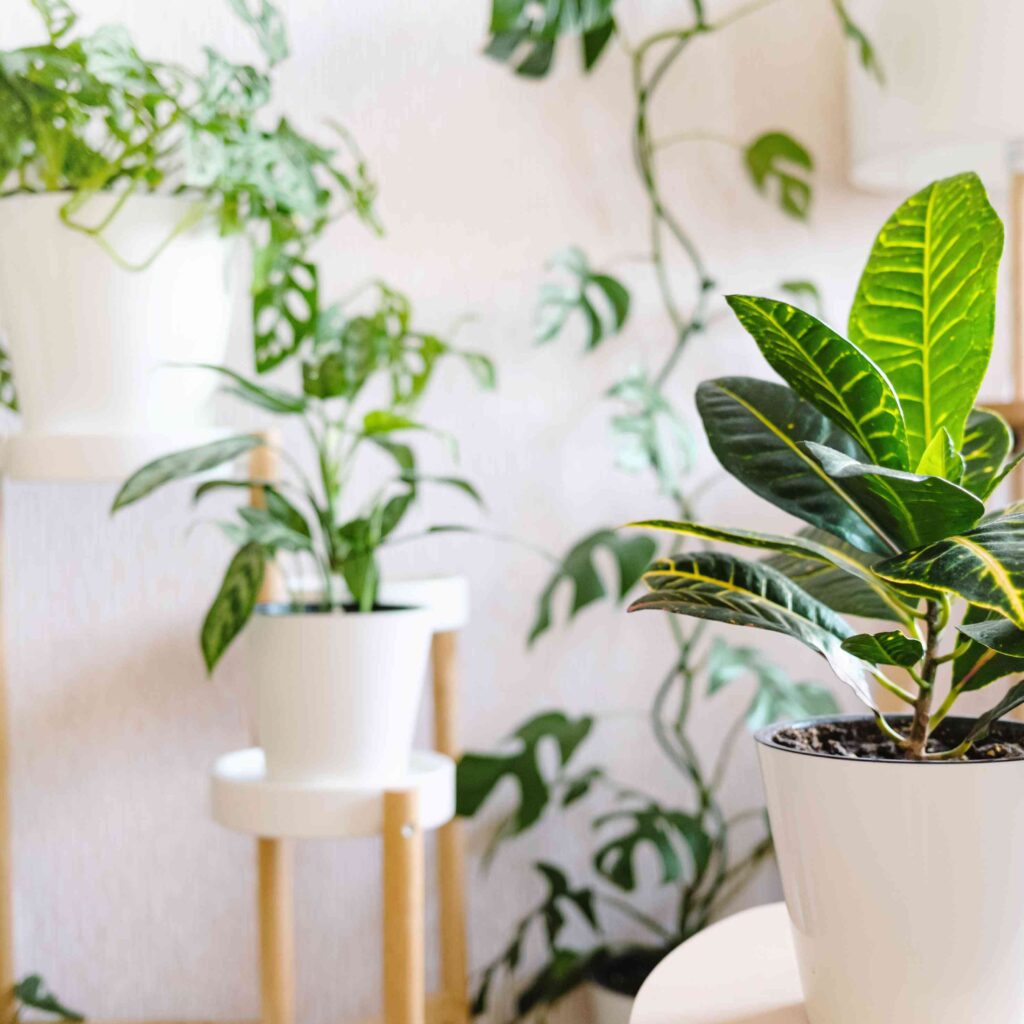
Light: Low to moderate light
Water: Allow topsoil to dry before watering
These plants are prized for their beautiful patterned leaves and tolerance to low light. Aglaonemas come in a variety of colors, including green, silver, pink, and red varieties—perfect for adding color to dull spaces.
7. Dracaena (Dracaena spp.)
Light: Low to bright indirect light
Water: Every 10–14 days
Dracaenas are stylish and sleek plants with long, narrow leaves. They come in several varieties, such as Dracaena marginata (dragon tree) and Dracaena fragrans (corn plant), both of which can grow well in dim rooms.
8. Philodendron (Heartleaf Philodendron)
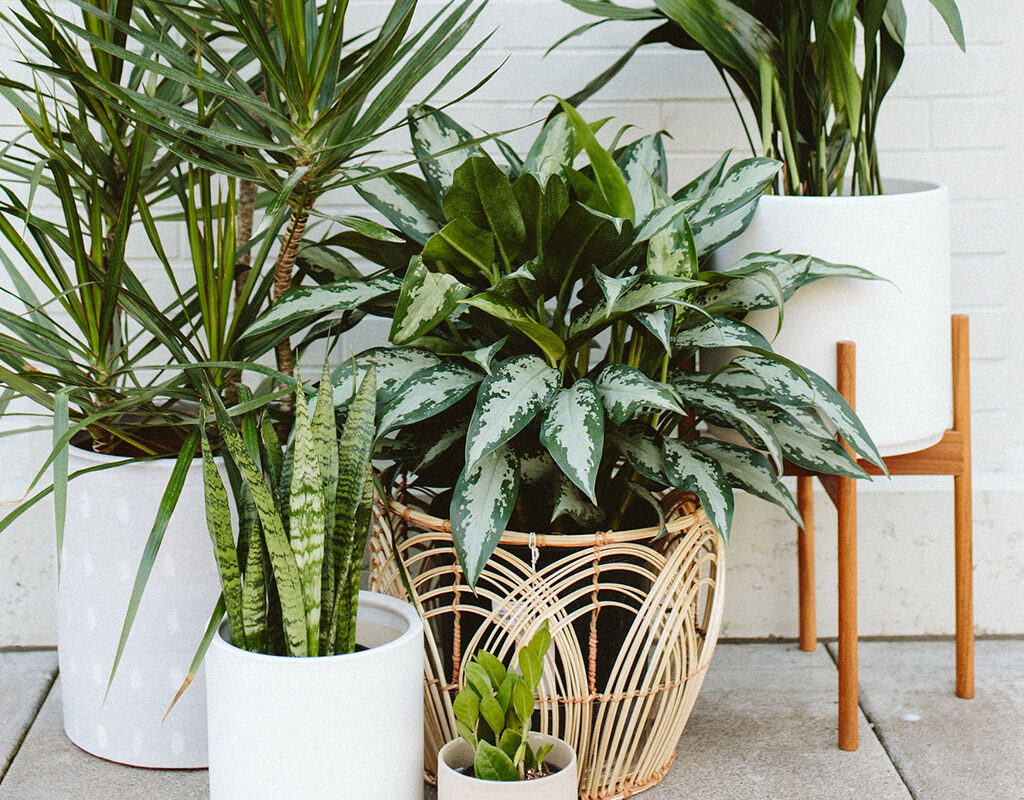
Light: Low to bright indirect light
Water: Once the top inch of soil dries out
A perfect trailing or climbing plant for low-light areas, the heartleaf philodendron has charming, heart-shaped leaves and thrives on minimal care. It’s one of the easiest houseplants to propagate too.
9. Spider Plant (Chlorophytum comosum)
Light: Low to medium light
Water: Once a week or when soil is dry
Spider plants are cheerful, adaptable, and grow fast. They produce small “baby” plants, or spiderettes, which dangle down like ornaments, adding visual interest. They’re also safe for pets!
10. Ferns (Boston Fern or Maidenhair Fern)
Light: Indirect low light
Water: Keep soil moist (humidity-loving)
Ferns like the Boston or maidenhair varieties do well in bathrooms or kitchens due to their love for humidity. They bring a feathery, soft texture to interiors but require consistent moisture.
11. Parlor Palm (Chamaedorea elegans)
Light: Low to moderate light
Water: Allow soil to dry out slightly between watering
This slow-growing palm is ideal for corners and gives a tropical touch. It doesn’t demand much light and is also pet-friendly, making it a favorite for many households.
12. Calathea (Calathea spp.)
Also known as: Prayer Plant
Light: Medium to low light
Water: Keep soil consistently moist
Calatheas are known for their ornate foliage and fascinating leaf movements. They close at night and open in the morning, giving them the nickname “prayer plant.” They prefer humid environments and gentle care.
Tips for Growing Low-Light Indoor Plants Successfully
- Avoid Overwatering: Most low-light plants are prone to root rot in soggy soil. Let the top inch or two of soil dry out before watering unless the plant prefers moist conditions (like ferns or peace lilies).
- Dust the Leaves: Dust buildup can block light absorption. Wipe leaves regularly with a damp cloth to keep them clean and photosynthesizing efficiently.
- Rotate Regularly: Rotate your plants every few weeks so all sides receive equal exposure to whatever light is available.
- Use Reflective Surfaces: Placing mirrors or using white walls can help reflect more available light onto your plants.
- Supplement with Grow Lights: If your space is very dark, consider adding a full-spectrum LED grow light for a few hours a day.
Benefits of Low-Light Indoor Plants
- Improve Air Quality: Many are natural air purifiers.
- Reduce Stress: Greenery has been shown to lower anxiety and promote a sense of calm.
- Enhance Decor: Adds life and beauty to any room, even without direct sun.
- Low Maintenance: Ideal for busy or first-time plant owners.
Final Thoughts
Low-light indoor plants are living proof that beauty and resilience can thrive even in the shade. With their adaptability and charm, these plants allow you to bring greenery into spaces that might otherwise seem barren. Whether you’re decorating your office desk, a shady hallway, or your cozy bedroom corner, there’s a plant that will happily live and grow with you—no matter how little sunshine it receives.
So go ahead, pick your favorites from this list, and let your indoor garden thrive in the shadows.
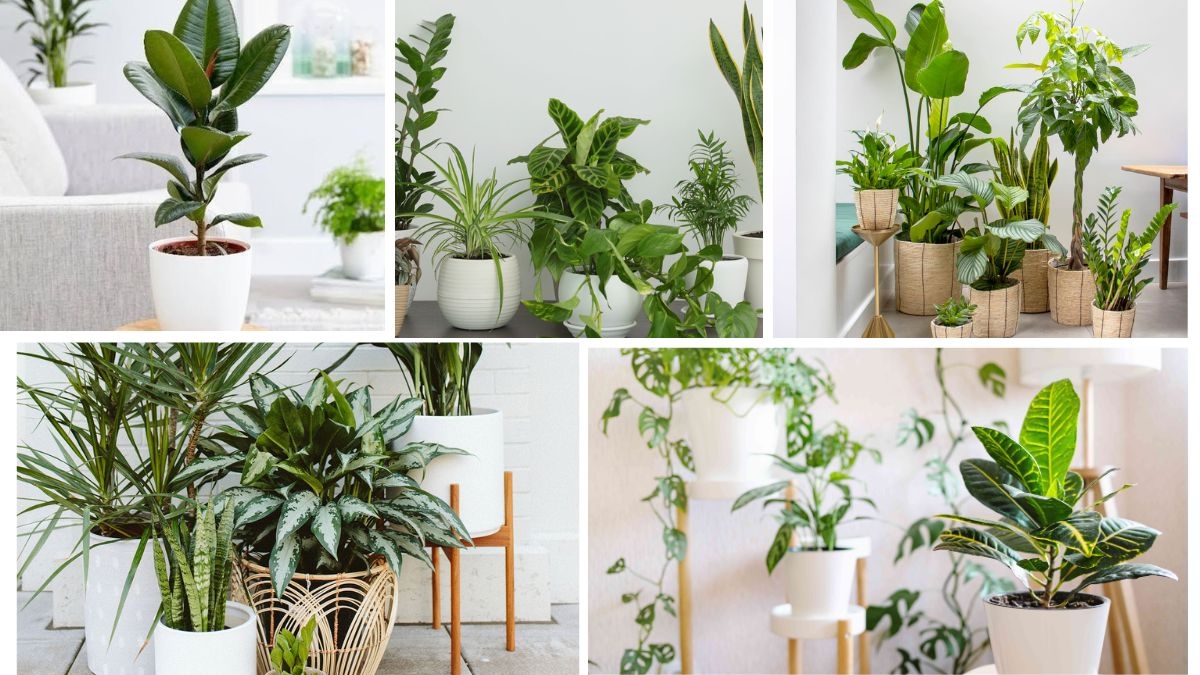





Leave A Comment